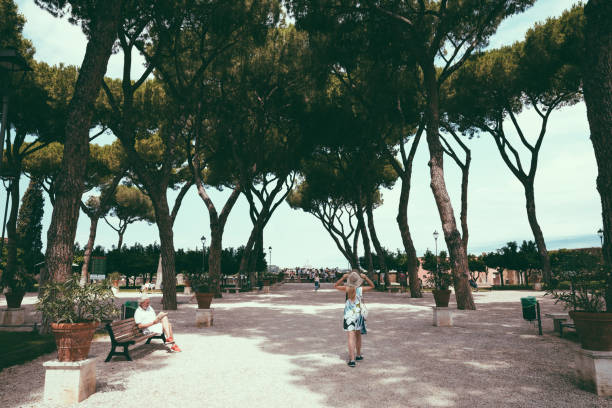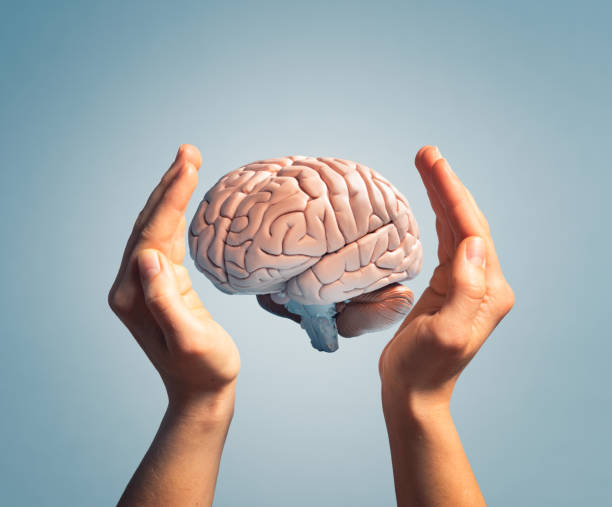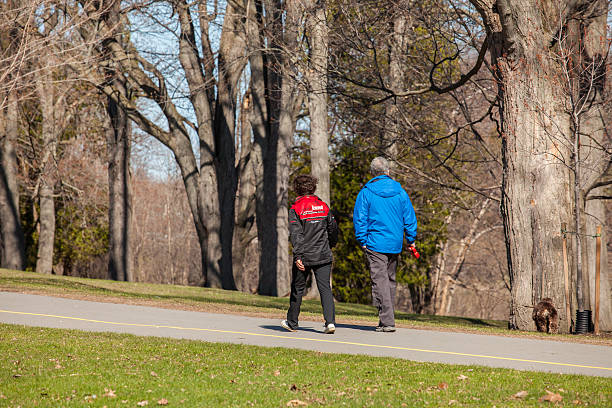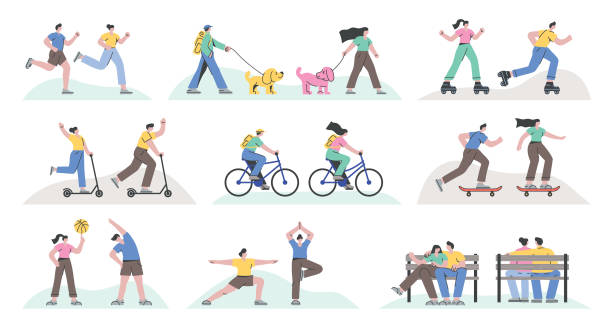By Dr. Delia Lenzi, Neurologist at Aventino Medical Group, Rome
Walking through beauty: a natural therapy for the mind
“Moving through this city means breathing in history and beauty,” says Dr. Delia Lenzi. It’s more than just an invitation to relax: walking among the centuries-old pines of the Aventine Hill or alongside the slow-moving waters of the Tiber can activate brain areas involved in emotional regulation. Research conducted by the department of neuroscience at Princeton University has shown that physical activity in natural environments inhibits hyperactivity in the medial prefrontal cortex, often overactive in anxiety disorders.
Furthermore, exposure to harmonious visual stimuli – such as light filtering through cypress trees or the pastel colors of Roman facades – stimulates the parasympathetic nervous system, encouraging a state of calm and mental presence.

Movement and the neurochemistry of emotional balance
The stress-reducing effects of movement go beyond the release of classic “happiness molecules.” Studies published in Nature Neuroscience highlight how regular aerobic activity modulates levels of BDNF (brain-derived neurotrophic factor), a protein essential for neuron survival and synaptic plasticity.
This modulation plays a key role in reducing hyperactivation of the amygdala, the brain’s fear center. In addition, walking or running helps regulate circadian rhythms and sleep quality – two factors often disrupted in individuals suffering from chronic anxiety.
Rome, with its alternation of fullness and emptiness, silence and sound, becomes an ideal setting for restoring these rhythms.

Physical activity as a cognitive strategy
Not all forms of exercise have the same impact on the nervous system. Research from King’s College London has found that activities requiring awareness of the body and space – such as pilates, nordic walking, or skating – activate the insular cortex and basal ganglia, improving integration between bodily stimuli and emotions.
This effect is especially pronounced when the activity is non-competitive and focused on “feeling” rather than “performing.” Locations such as Villa Celimontana or the Garden of Sant’Alessio are perfect for practicing this type of mindful movement, even in small groups.

Toward a new mental hygiene: movement as a habit
Incorporating movement into daily life is a cultural act as well as a therapeutic one. In times of hyperconnectivity and constant cognitive demands, moving allows the brain to filter out unnecessary stimuli and regenerate attentional capacity.
It is a form of “mental hygiene” that is accessible, sustainable, and measurable. Stanford University developed the concept of “aesthetic walking”: leisurely-paced walks in aesthetically pleasing environments that enhance creativity and emotional stability.
With its layered history and unexpected views, Rome is the perfect city to turn physical activity into a daily form of renewal.

Conclusion
When practiced mindfully, movement is not just a remedy for stress and anxiety – it becomes a daily strategy to cultivate inner balance, resilience, and clarity.
Rome, a complex and fascinating city, offers endless opportunities to make each step a gesture of care for the mind. No grand achievements are needed – just consistency, awareness, and the desire to listen to yourself, one step at a time.

Take care of your neurological health
Do you recognize signs of mental stress or emotional unrest in yourself? Our neurology specialists can help you identify personalized wellness paths.
Discover the neurology services at Aventino Medical Group:
Neurology – Aventino Medical Group
